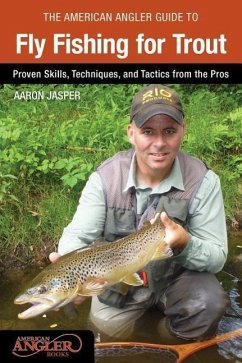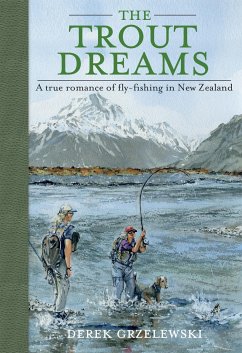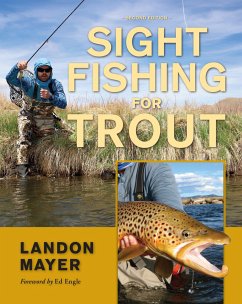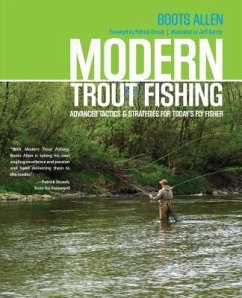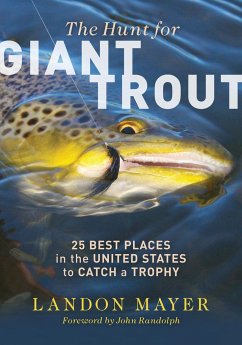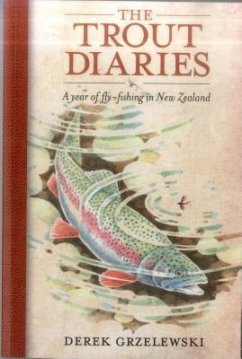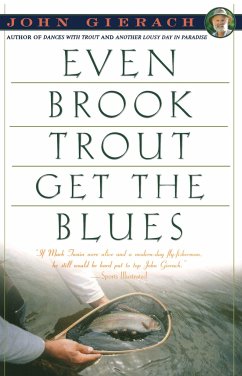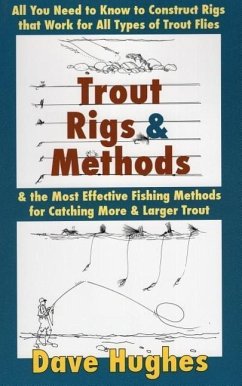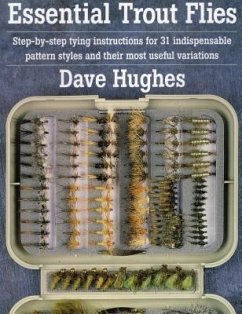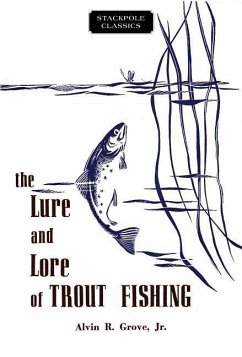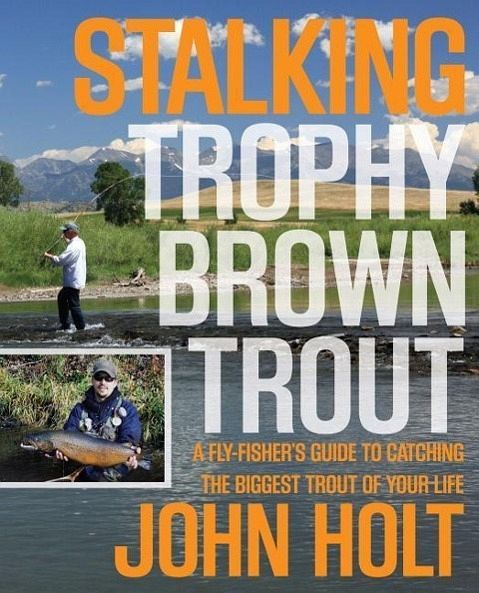
Stalking Trophy Brown Trout
A Fly-Fisher's Guide to Catching the Biggest Trout of Your Life

PAYBACK Punkte
10 °P sammeln!
From one of the most respected fishing writers in the country, this how-to guide will show every fly fisherman, from beginning to experienced, how to catch the biggest trout of his or her life.




